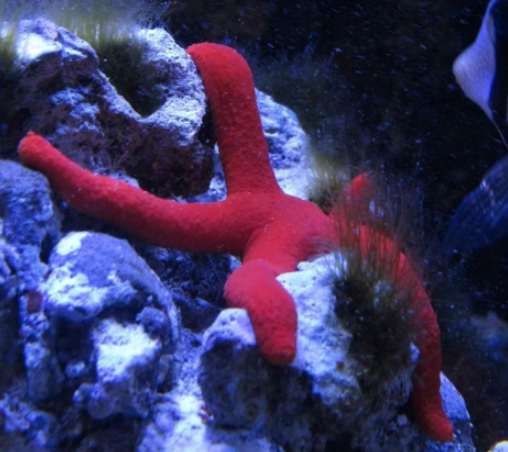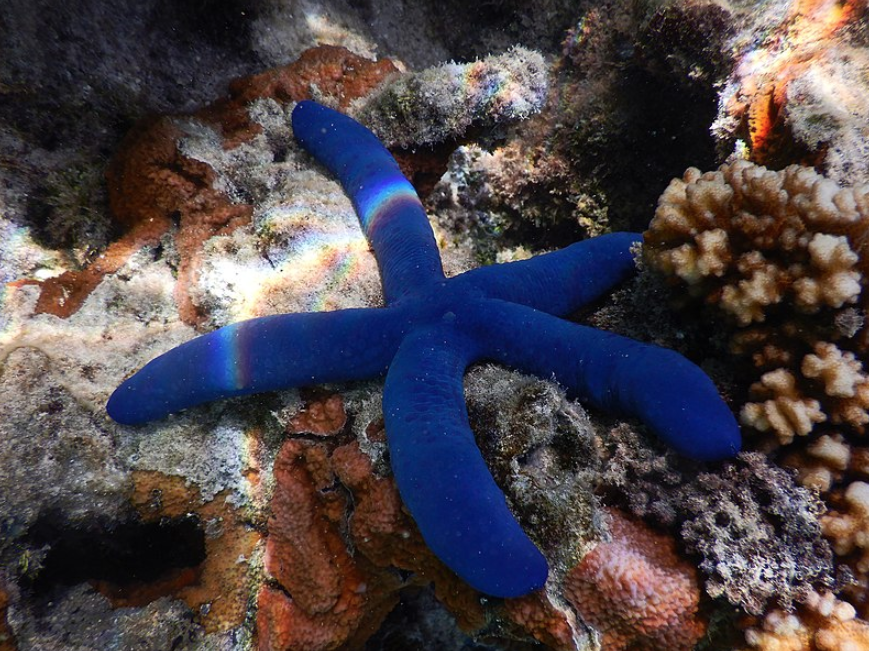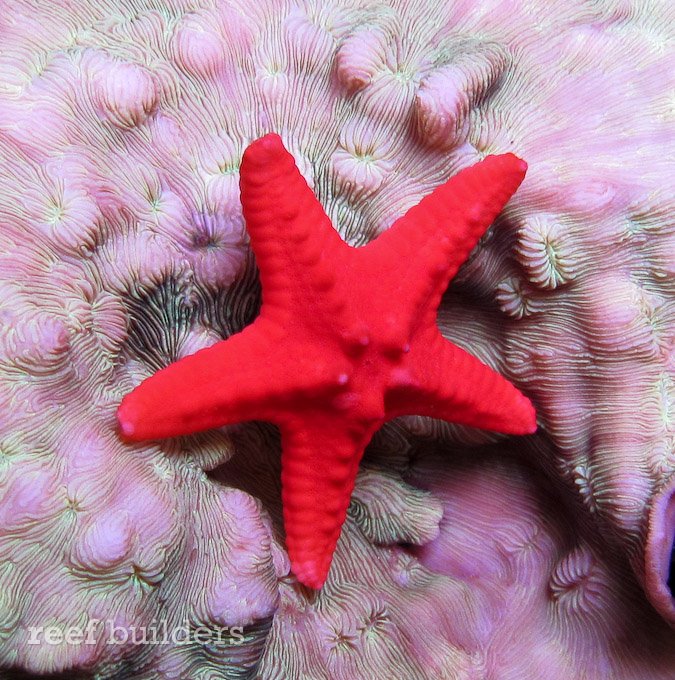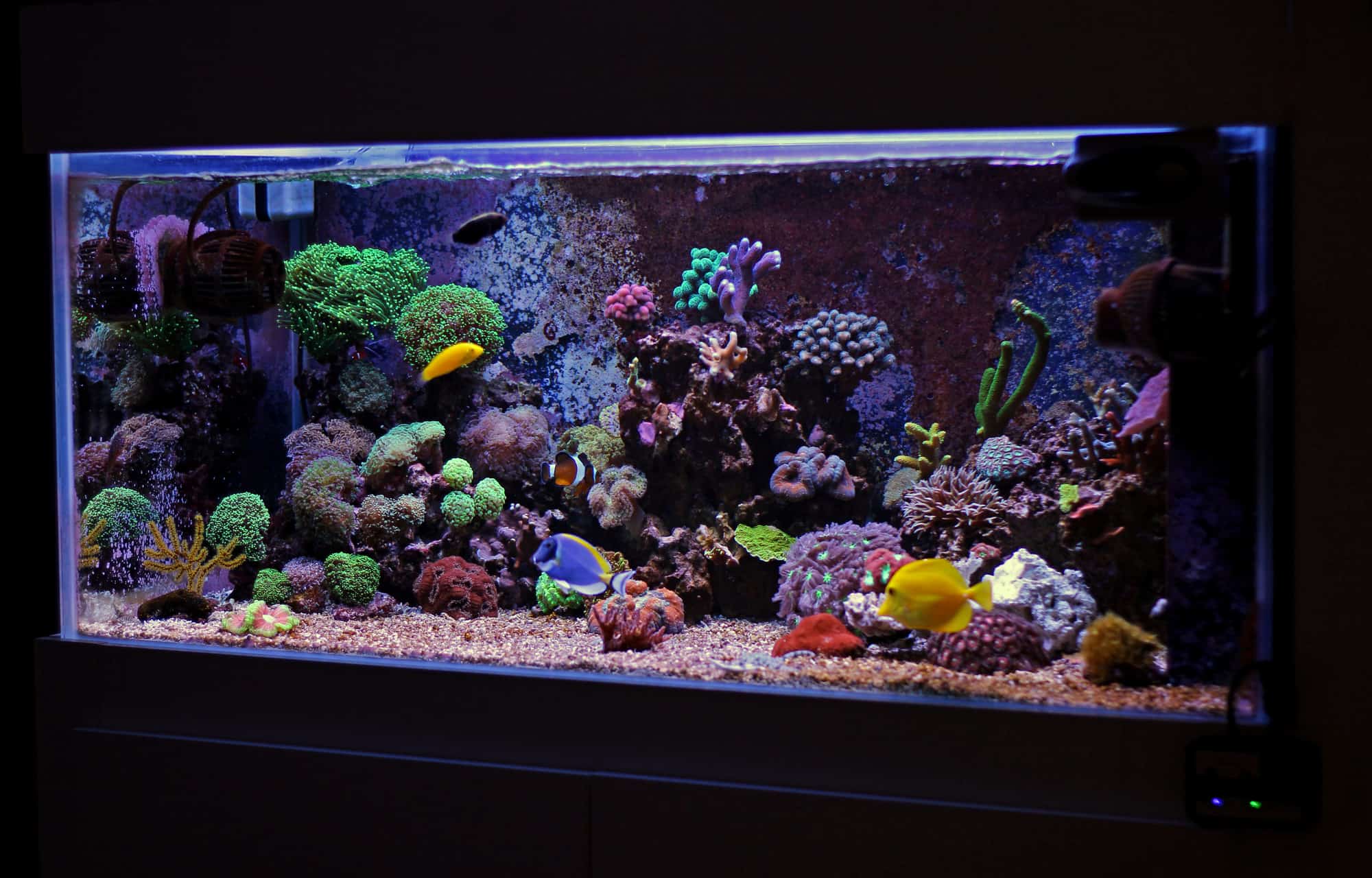We all know about the infamous blue Linckia star, Linckia laevigata, and its depressingly poor survival record in captivity. Hailing from the Red Sea to Australia, Linckia laevigata is a common sight on reefs between 1-10m and is often even exposed at low tide.
They have been recorded reproducing by ‘cometing’, a phenomenon where the animal drops an arm which then goes on to grow its own oral disc and eventually new arms until it fills out into a whole star.
These traits would make you think it would be hardy in a reef tank; being exposed to air and harsh sunlight for 12 hours straight will certainly put some hair on your chest. But despite this, Linckia stars remain one of the least hardy animals in the hobby despite their frequent collection.
The problem is that we still have no clue what they eat. There have been anecdotes of them feeding on “biofilms” (whatever that is supposed to mean), or even on pest Aquilonastra stars, but there has been no concrete study on any of this, which means that a majority of the stars that reach our aquariums are doomed from the start and starve to death within weeks.
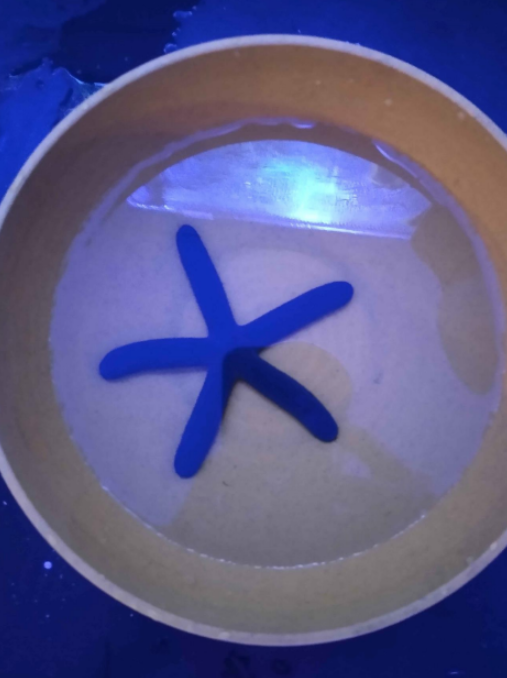
This is where the reefing community comes in. If you have ever had experience with Linckia starfish (red, blue, or dalmatian), please fill out our Google Form attached below and give as much detail as possible. I am interested in both success stories and horrible failures and please give as much detail as you possibly can when filling out the form answers.
https://forms.gle/vk6kW6jV6CHGEkrf8
After a few weeks of data collection, I will write a follow-up article summarizing our findings, and we will move on from there. Together, we may be able to crack the code of these amazing animals.
John Knightley
